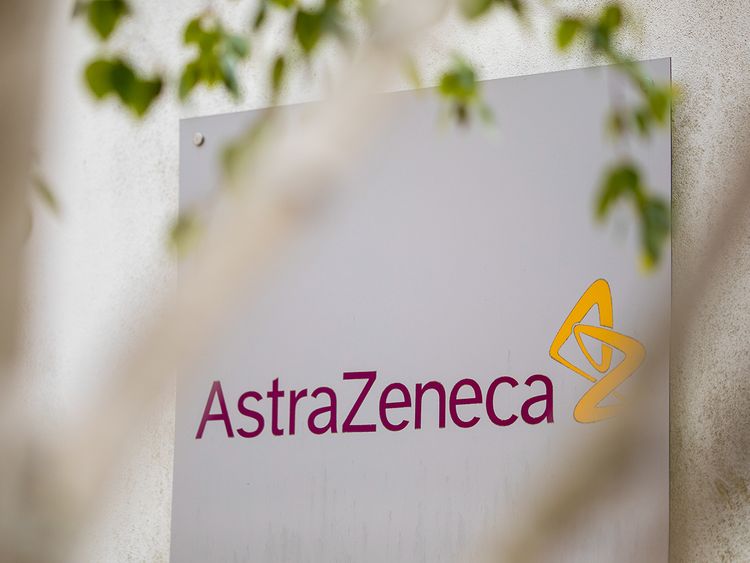
Like the Republican Party, Corporate America is embroiled in a battle between its evil impulses and its better angels. Nowhere is this clearer than with regard to environmental policy.
On one side are the ESG proponents such as BlackRock’s CEO Larry Fink, who according to the New York Times, is using his firm’s role as a massive institutional investor to pressure corporations to embrace sustainable practices. In his annual letter to companies, he called not just for vague aspirations but specific plans that are incorporated in long-term strategies and reviewed by boards of directors.
General Motors has just announced that it will phase out gasoline-powered cars and trucks and will sell only zero-emissions vehicles by 2035. The company will spend $27 billion developing about 30 types of electric vehicles.
At the same time, fossil fuel companies are going ballistic over the Biden Administration’s plan to suspend oil and gas leasing on federal lands, despite the fact that some 90 percent of exploration occurs on private property and is not affected by the executive order. Biden has also not called for a ban on fracking, despite allegations during the presidential campaign that this was his real plan.
The conflict within the business world was epitomized by the U.S. Chamber of Commerce, which issued a press release that welcomed the Biden Administration’s focus on climate change while rejecting the leasing action.
There is also a corporate identity crisis with regard to employment practices, especially those in the high-tech sector. For many years, Silicon Valley companies had reputations as great places to work and were even accused of coddling their employees.
Now companies such as Amazon have replaced Walmart as the exemplars of bad employers. That image has intensified as groups of workers have begun to turn to collective action to address their concerns. Rather than embracing the right of employees to have a real voice at work, high-tech employers are adopting old-fashioned union-busting tactics. Amazon has even taken a move from the Donald Trump playbook by opposing mail-in voting during a representation election in Alabama.
The one clear lesson from the corporate inconsistencies is that ESG and other voluntary business practices are no substitute for strong government oversight. We should not have to wait until big business decides whether it really wants to help save the planet or will cling to fossil fuels as long as possible.
We should also not have to wait until giant companies decide whether they will treat their workers with respect or continue to regard them as little more than vassals.
It is thus encouraging that the Biden Administration is taking decisive action to restore effective regulation of both the environment and the workplace as well as areas such as consumer protection. Once agencies such as the EPA, the NLRB and the CFPB go back to enforcing the law in an aggressive manor, corporate ambivalence will become much less relevant and we can be confident that the entire private sector will feel pressured to do the right thing.





/https://static.texastribune.org/media/images/2016/09/09/DeathChamber-Texas.jpg)


.jpg)